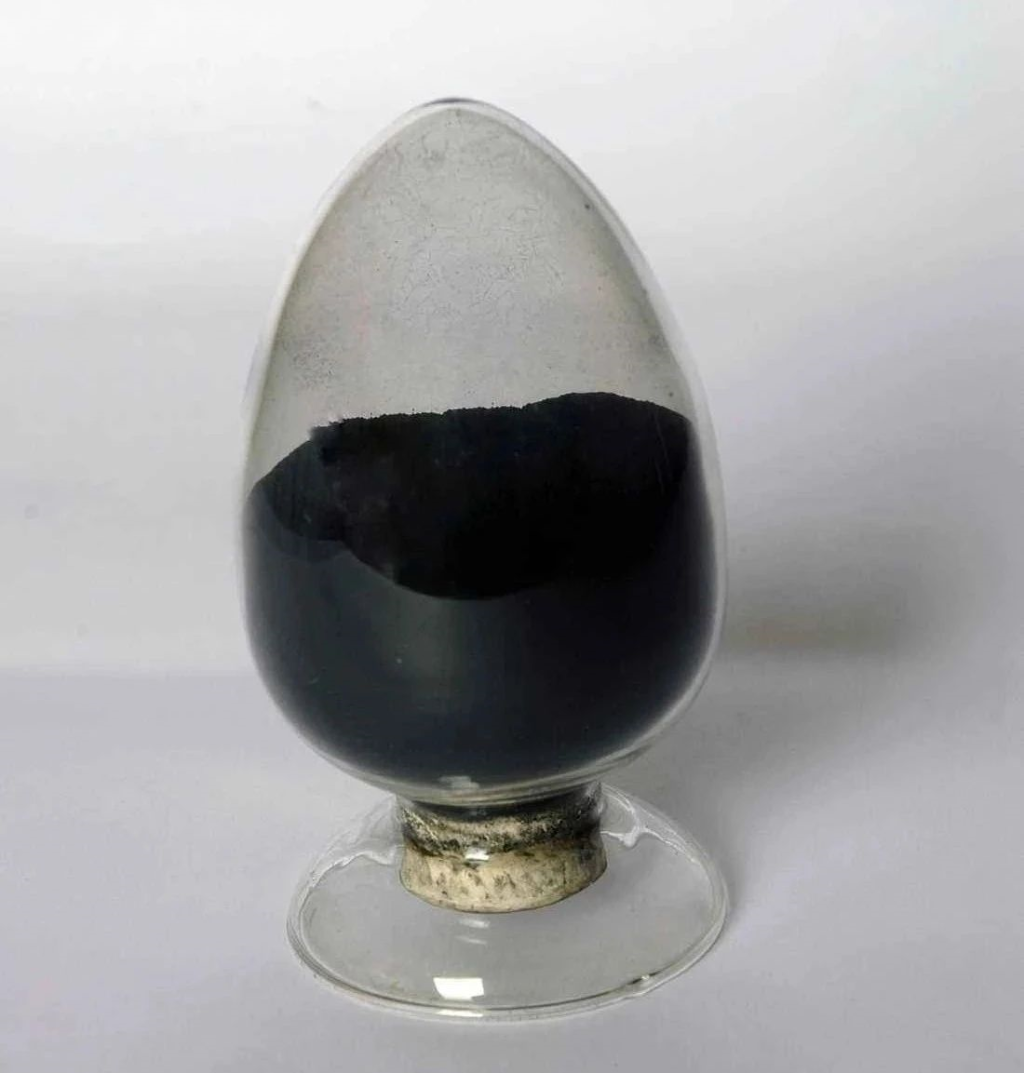1.硼化锆陶瓷简介
硼化锆陶瓷是硼化物陶瓷中比较重要和常用的一种材科。在Zr-B系统中有三种结构,即ZrB、ZrB2和ZrB12, 其中ZrB2,在很宽的温度范围内是稳定的。

硼化锆粉末
2. 二硼化锆粉末的制备
ZrB2粉末主要是用ZrO2还原硼化物的方法来制得。还原剂用碳或B4C。反应式如下:
3ZrO2 B4C 8C B2C3→3ZrB2 9CO
3. 二硼化锆陶瓷的制造工艺
对于制作管状制品,如测温套管,在ZrB2细粉中加入8%~10%的工业糖浆、淀粉、糊精油酸的混合物作为粘结剂,制成可塑坯料,用挤压法成型,经自然干燥,再在80℃烘箱中烘干后,将坯体埋人石墨细粉或ZrB2细粉中,经400℃预烧,排除粘结剂,最后在氢气气氛中2000~2100℃温度下烧结。
采用等静压成型时,在ZrB2粉末中加入1%油酸,在200.0~300.0MPa 压力下预压,破碎过12目筛,把料装人模具中,在200. MPa压力下压制后,将坏体装人石墨舟中,垫入0.5~1mm的 ZrB2粉料,在氢气气氛中加热至2050℃烧结。
4. 二硼化锆陶瓷的性能与用途
二硼化锆陶瓷具有较高的硬度、良好的导电性 、导热性和化学稳定性。ZrB2陶瓷主要用作高温热电偶保护套管、发热元件、铸模、冶金金属的坩埚等。














